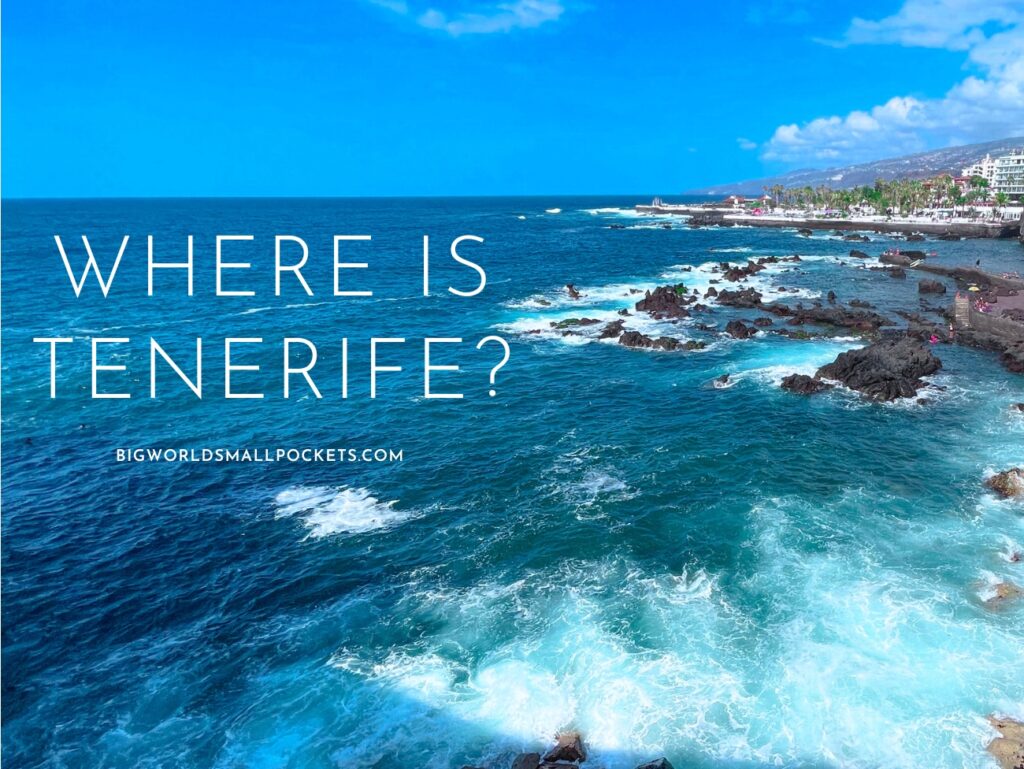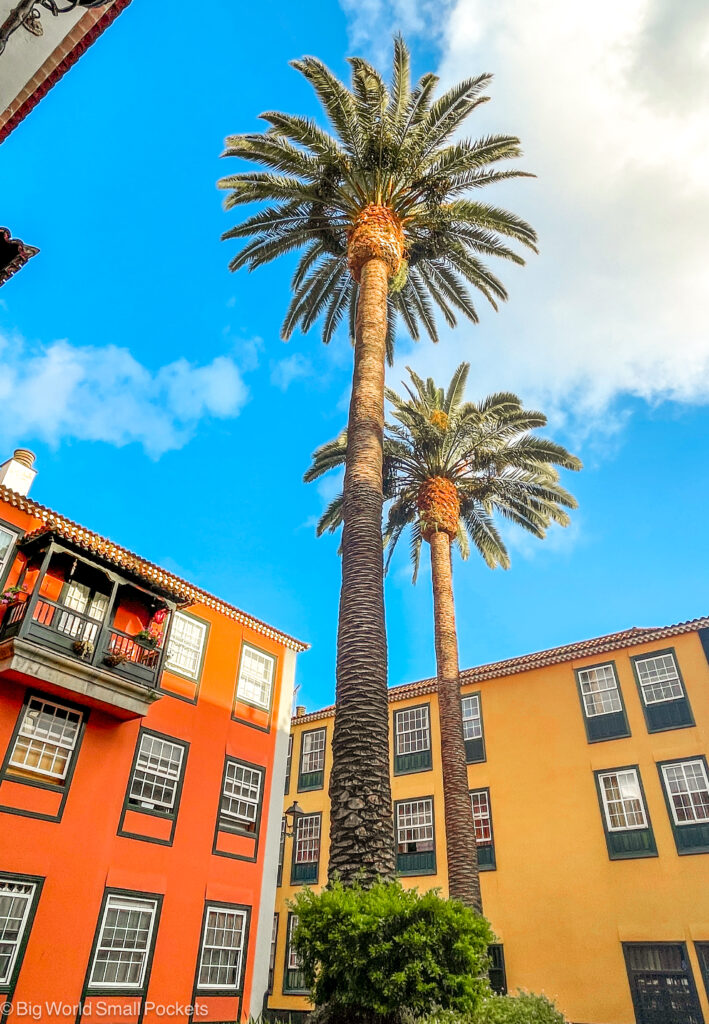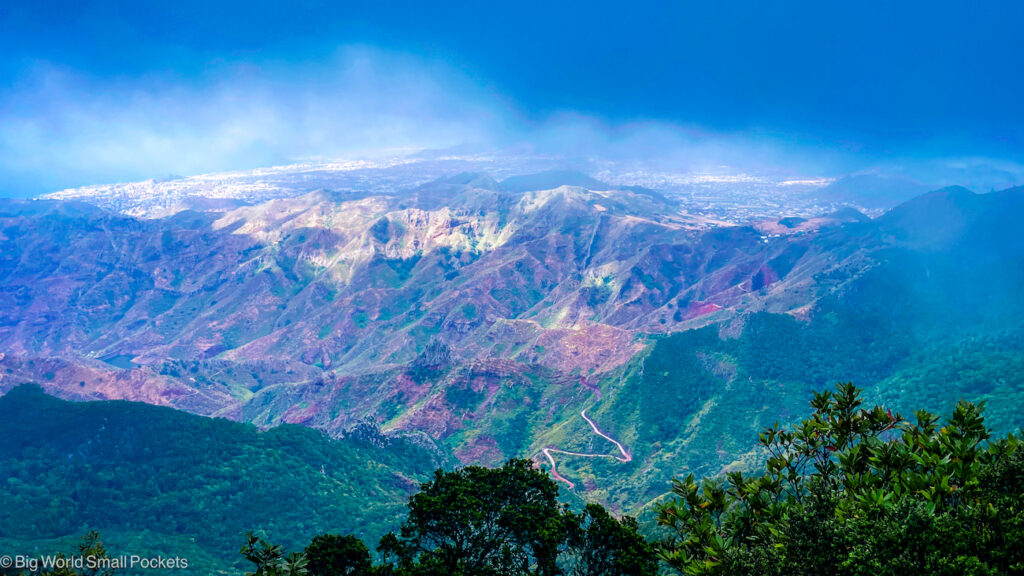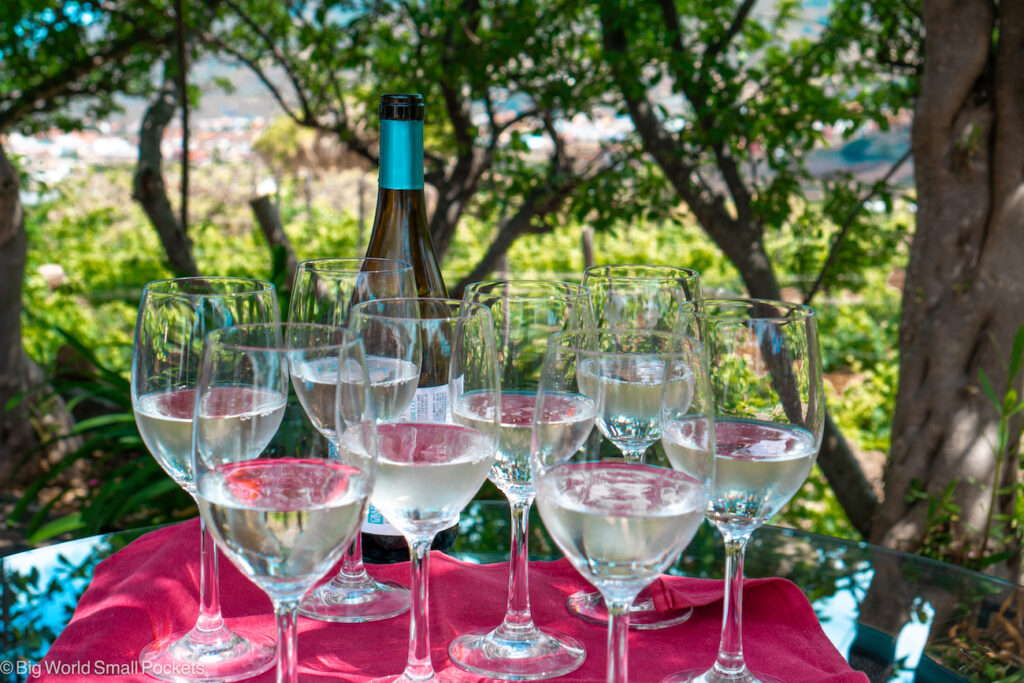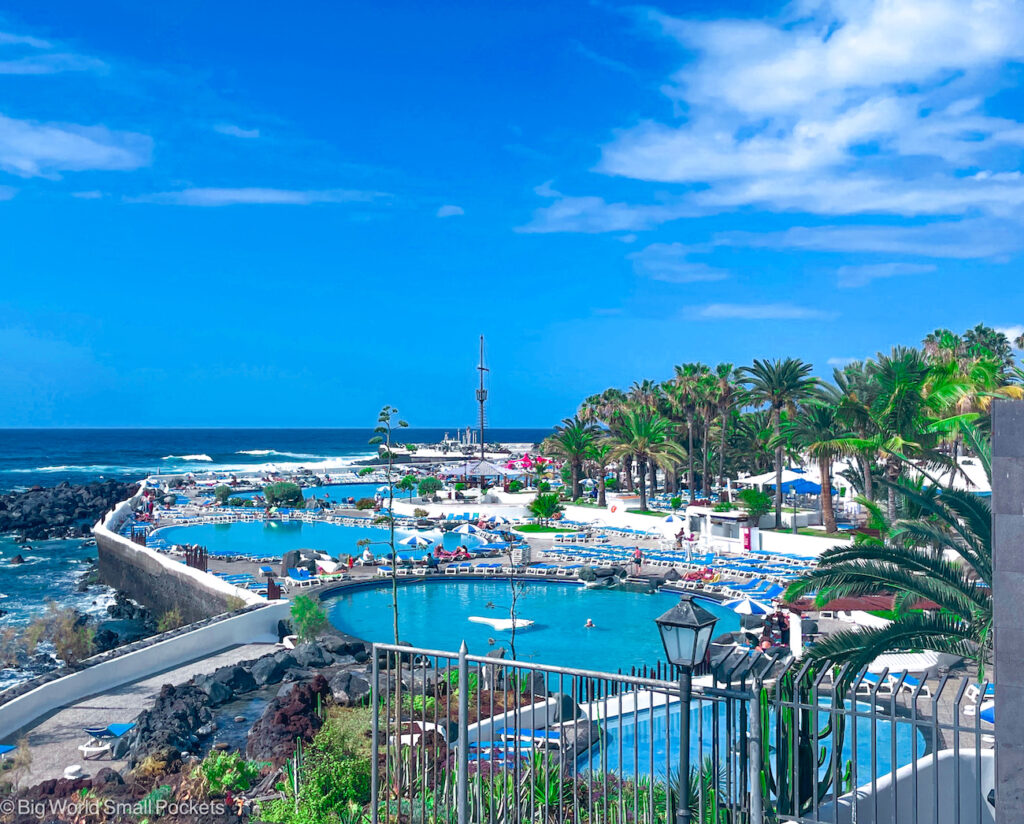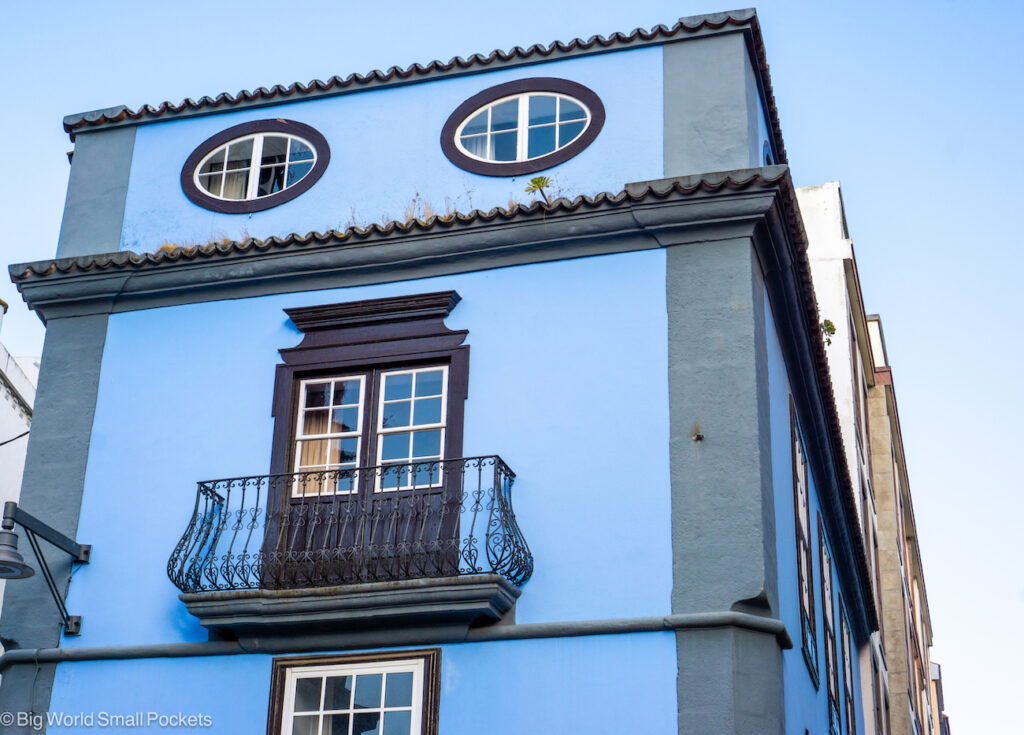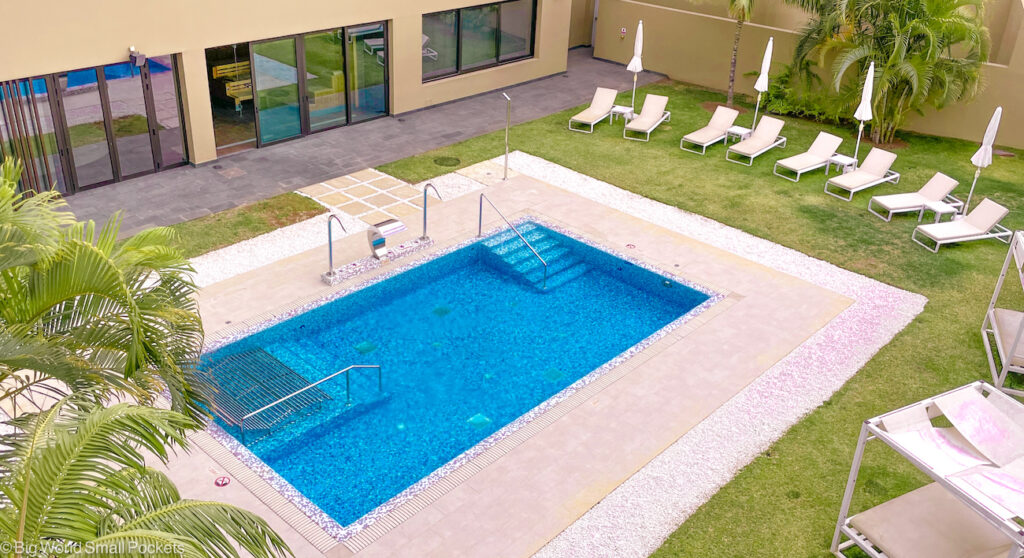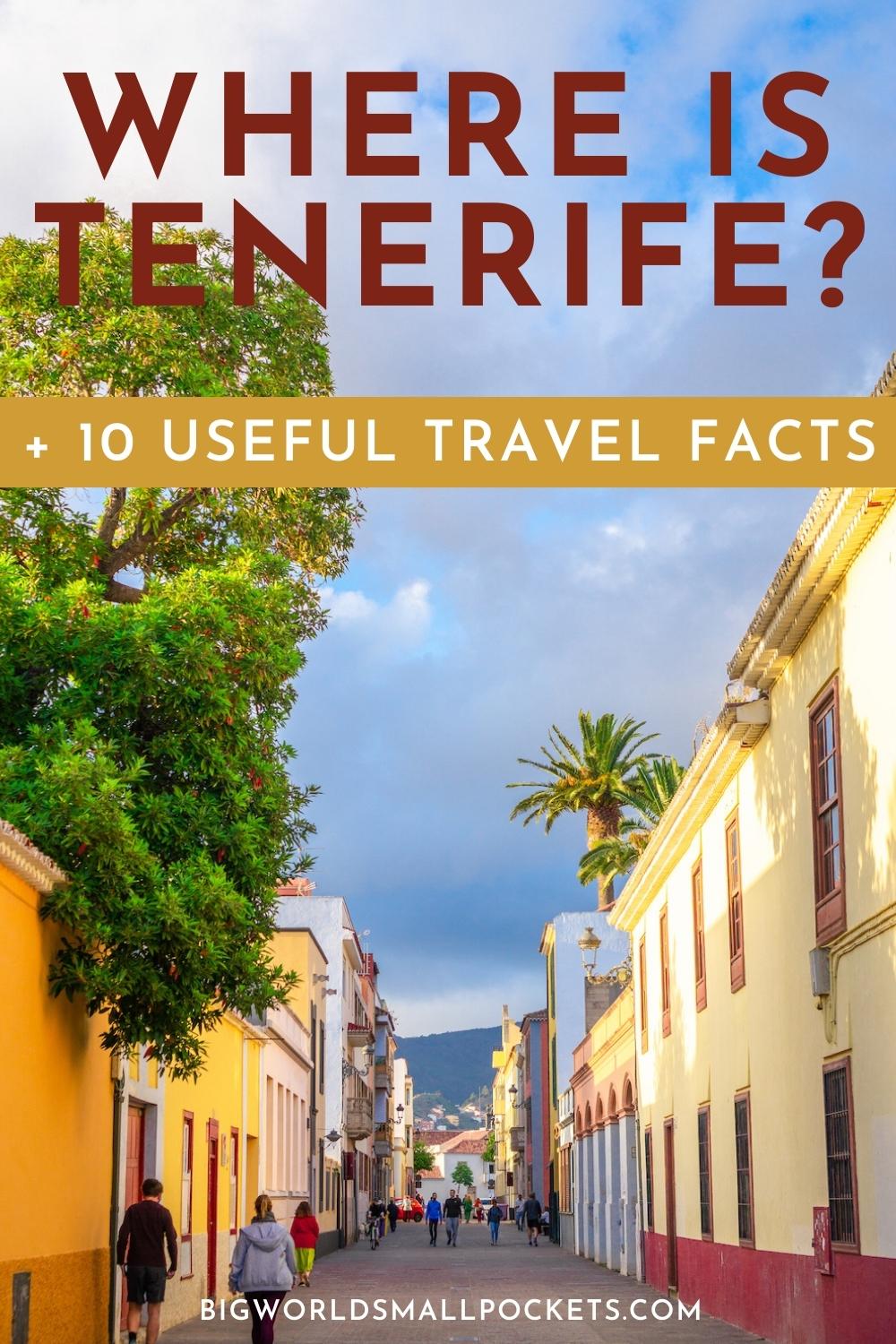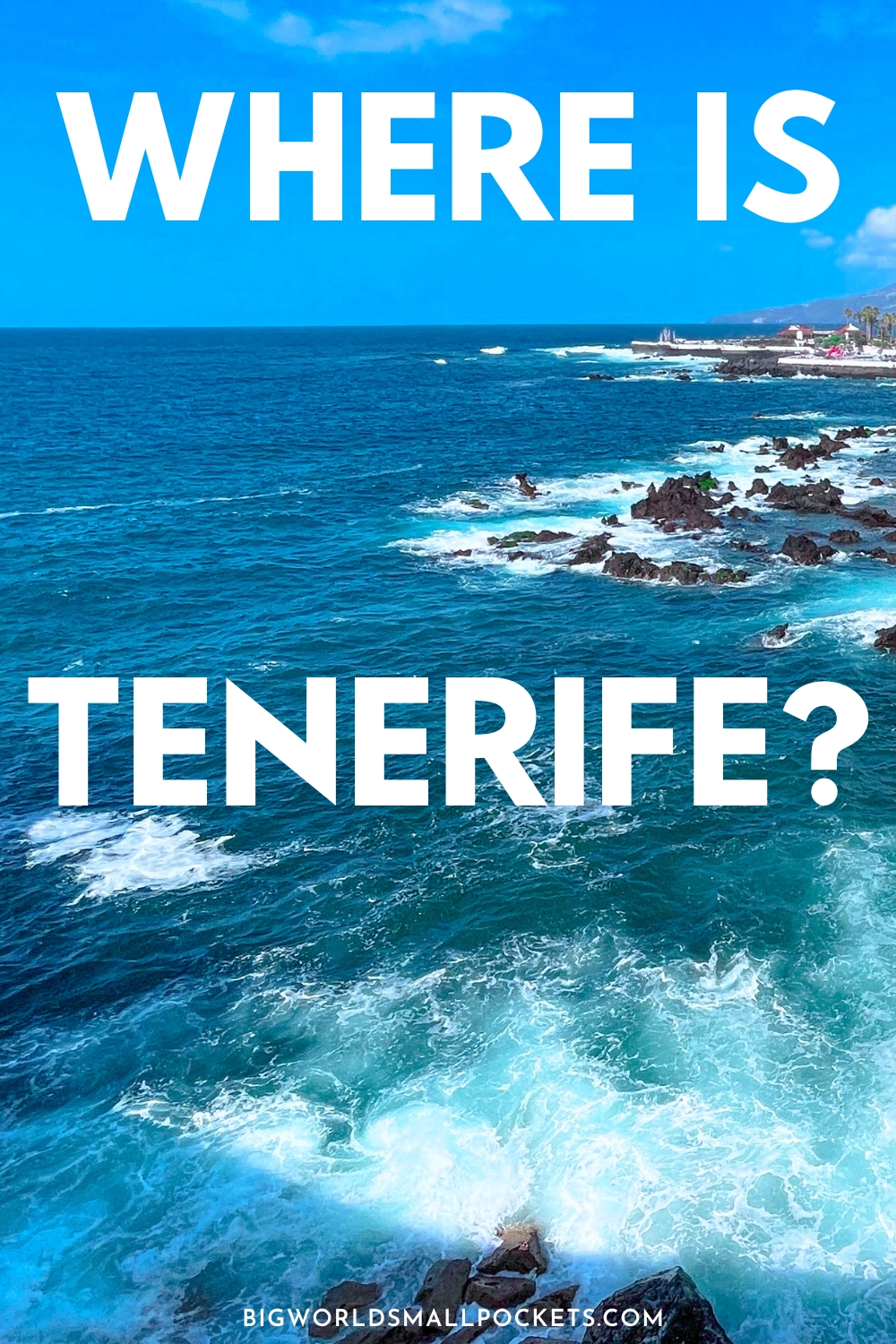Tenerife is the ultimate European winter sun destination, but where can you find this island?
With great temperatures and sunshine hours 12 months of the year, it makes for a fantastic getaway, especially because the island is so well set up for an easy break.
A good international airport, excellent facilities, not to mention beautiful landscapes, great wine plus food and some active volcano action thrown in for good measure, Tenerife is an easy and enjoyable place to enjoy a diverse and delightful holiday.
But where is Tenerife?
Here I explain everything you need to know about this island’s location, as well as the travel factors you need to consider, including visas and insurance, based on its location.
Let’s get stuck in…
Related Posts
- Best 11 Things to Do in South Tenerife
- La Laguna, Tenerife: Why You Should Visit
- Top 7 Tenerife Hiking Trails
My trip to Tenerife was sponsored by Visit Tenerife but, as always, all views are my own.
This page contains affiliate links meaning Big World Small Pockets may receive a small commission on any purchases at no extra cost to you.
Where is Tenerife?
Tenerife is one of 7 Canary Islands, located off the northwest coast of Africa.
The closest country to Tenerife is actually Morocco and the island’s GPS coordinates are 28° 17′ 29.6340” N and 16° 37′ 44.8644” W.
At a latitude of 28.291565 and a longitude of -16.629129, Tenerife is the biggest island in Macaronesia – a term which describes the 4 archipelagos in the North Atlantic Ocean.
Part of the African continent geographically, Tenerife is nevertheless politically part of Spain.
Due to its favourable location, Tenerife is a popular holiday destination – in fact, it’s the most visited island within the Spanish territory.
Enjoying 12 months of sunshine and stable temperatures across the year, the island boasts many hotels, restaurants and great tourist attractions, including UNESCO-listed Teide National Park, Anaga Rural Park, as well as a whole host of wonderful vineyards, historic towns and beautiful beaches offering water sports, safe swimming, great sunbathing and more.
Is Tenerife Part of Europe?
Despite being part of the African continent, Tenerife is indeed, politically part of Europe.
The island, along with the other 6 Canary Islands, are all part of Spain’s official territory and are therefore considered part of Europe.
The local currency in Tenerife is the Euro, the official language is Spanish and, culturally, the island closely resembles Spain too.
This has resulted in European levels of infrastructure and services being found across Tenerife, which means it’s safe and easy to travel there.
In terms of travel planning, because it’s officially classified as part of Europe, any insurance policies you wish to take out that cover travel in Europe will also cover travel in Tenerife.
World Nomads offers simple and flexible travel insurance. Buy at home or while travelling and claim online from anywhere in the world.
Alternatively, if you’re a long-term traveller, digital nomad or frequent remote worker seeking travel health cover, check out Safetywing’s Nomad Insurance policies.
Similarly, any visas that you may need to take out to cover your travels in Spain will also cover your entry to all the Canary Islands.
Is Tenerife Part of the EU?
Tenerife and the other Canary Islands are an autonomous region of Spain and have representation in the Spanish parliament.
Tenerife is therefore automatically classified as part of the European Union (EU).
In terms of visa entry, Tenerife sits within the Schengen zone – so if you have a visa for this area, you can are also entitled to enter Tenerife.
As part of the EU, Tenerife also subscribes to all this political bloc’s rules and regulations, these include health and safety, food and transport standards.
Other Canary Islands
Tenerife is part of a group of 7 islands called the Canary Islands.
Together they form the Autonomous Community of the Canary Islands.
All are considered part of Spain, Europe and the EU even though, geographically, they are closer to Africa.
Tenerife is the largest and most populous Canary Island and sits in the middle of this archipelago.
The other Canary Islands are…
- Gran Canaria – the capital island in the Canaries despite not being the largest
- La Gomera – closest to Tenerife
- Lanzarote – another popular holiday spot
- Fuerteventura – its name means strong winds
- La Palma – not to be confused with the capital of another Spanish island, Mallorca, which is also called Palma
- El Hierro – offers great hiking and is one of the least visited Canary Islands
The Canary Islands are divided into two provinces.
The first is Santa Cruz de Tenerife, which includes the islands of La Palma, El Hierro, La Gomera and Tenerife.
The second is Las Palmas, which encompasses the islands of Lanzarote, Fuerteventura and Gran Canaria.
10 Useful Tenerife Facts
#1 The capital of Tenerife is Santa Cruz de Tenerife. It can be found in the north of Tenerife and boasts a very famous, carnival festival each year in February. This is thought to be the world’s second-largest carnival after Rio in Brazil. The celebrations last 14 days!
#2 The main airport in Tenerife is located in the south of the island, which is where most of the popular travel resorts are located. The main airport is called Tenerife Sur. There is also a very small airport in the north of the island, but this only accommodates a handful of domestic flight services. It’s highly likely you’ll fly into and out of Tenerife Sur before and after your time here.
#3 Tenerife’s economy is largely based on agriculture and tourism. The former predominates in the greener, cooler north of the island. The second predominates in the hotter, sunnier, drier south of the island.
#4 Tenerife is a volcanic island. Mount Teide, which is the highest mountain not only in Tenerife, but across Spain, is still classified as an active volcano. It is UNESCO-listed and is part of a national park. Its last eruption was in 1909 and today it measures over 3000m above sea level.
#5 Black sand beaches can be found around the coastline of Tenerife due to its volcanic roots and, in the south of the island especially, the landscape is made up of dry, barren, dark volcanic rock. The north of the island is more lush and offers great hiking amid elevated cloud forests. Mount Teide National Park dominates the centre of Tenerife.
#6 Tenerife boasts over 400km of coastline, 70km of which is made up of beaches. 48% of the landmass of the island is protected territory, boasting over 800 local flora and fauna species.
#7 The island has 2 UNESCO-listed sites. The aforementioned Teide National Park, which can be found in the centre of the island, and the city of San Cristóbal de La Laguna, which sits in the north of the island. More commonly referred to simply as La Laguna, this is the former capital, built by the Spanish colonisers, and its beautifully preserved historic centre is what earned it UNESCO status. La Laguna boasts the Canary Islands’ first university and is one of the most populated areas in Tenerife.
#8 5 million tourists a year visit Tenerife, making it the most visited of all the Canary Islands. The most popular tourist resorts on the island are Playa de las Americas, Playa de los Cristianos and Costa Adeje. All are located on the south coast of the island, close to each other and the main island airport. It takes just over 4 hours to fly to Tenerife from the UK. Many airlines, including budget ones, fly direct to Tenerife from cities across Europe.
#9 Tenerife is shaped like a triangle – a road runs around its whole perimeter. Transport across the island is good, including an excellent local bus service – learn more here. Rental cars and taxis are easy to find. Grab a great deal on your Tenerife car hire here.
#10 Tenerife gets over 220 hours of sun a year. July has the highest sunshine hours at 334 and December has the lowest at 171. Sea temperatures are around 22 degrees and air temperatures are consistently between 20 and 28 degrees celsius year round. This is due to Tenerife’s location and geography. In line with the standard European climate, July and August are the hottest months of the year in Tenerife, while December, January and February and the coolest.
Just enter your details below and I'll email it you - simple!
Information will be sent to the email provided above
Mini Travel Guide to Tenerife
Best Time to Visit?
The great thing about Tenerife is that it’s a year-round destination.
Situated off the coast of West Africa, yet politically part of Spain and Europe, Tenerife provides plentiful sunshine hours and good temperatures 12 months of the year, making it an excellent winter sun destination.
Summers can be stinking hot here however, so the best time to visit is really October through May.
How to Get to Tenerife?
Tenerife Sur is the main airport on the island.
As always, I use Skyscanner to get the best flight prices, as they include budget airlines in their searches.
Travel Insurance for Tenerife
World Nomads offers simple and flexible travel insurance. Buy at home or while travelling and claim online from anywhere in the world.
Alternatively, if you’re a long-term traveller, digital nomad or frequent remote worker seeking travel health cover, check out Safetywing’s Nomad Insurance policies.
Where to Stay?
I highly recommend the GF Victoria for a top hotel stay in South Tenerife – read my review of this amazing place here.
Alternatively, if you’re looking for an apartment, guesthouse, hostel or more affordable hotel, check out these top picks.
5 Key Packing Items for Tenerife
- Camera – Don’t miss snapping all the action in this beautiful part of the island
- Dry Bag – Ideal if you plan to enjoy any water-based activities
- Arizona Birkenstocks – The best sandals for walking or enjoying the beach
- Osprey Day Pack – Ideal for carrying your sunscreen, towel, sarong, book, snacks and water
- Sunglasses – Ensure you have UV protection to keep your eyes safe from the strong rays
Learn more in this complete Tenerife packing guide I wrote.
Travel Money for Tenerife
When it comes to paying for things in Tenerife, you want to ensure you’re not being charged overseas transaction fees or getting poor exchange rates when using your card abroad, which is why I always take my Wise card away with me wherever I travel.
The easy way to spend abroad with real exchange rates, no markups, no sneaky transaction fees and a free Euros account, you can use your Wise card just like a debit card and it links easily with Google and Apple pay. Grab yours here.
SAVE THIS TO PINTEREST!
And that’s your answer to where is Tenerife!
Have you travelled to this island before?
Did you enjoy it?
Tell me all (and help other travellers out too) by leaving your thoughts in the comments box below…

